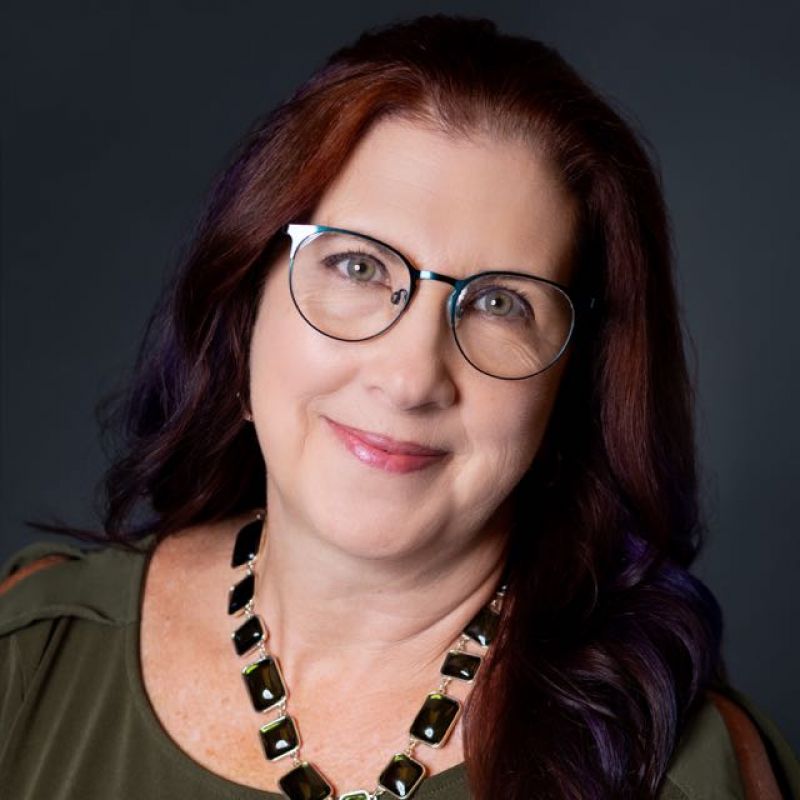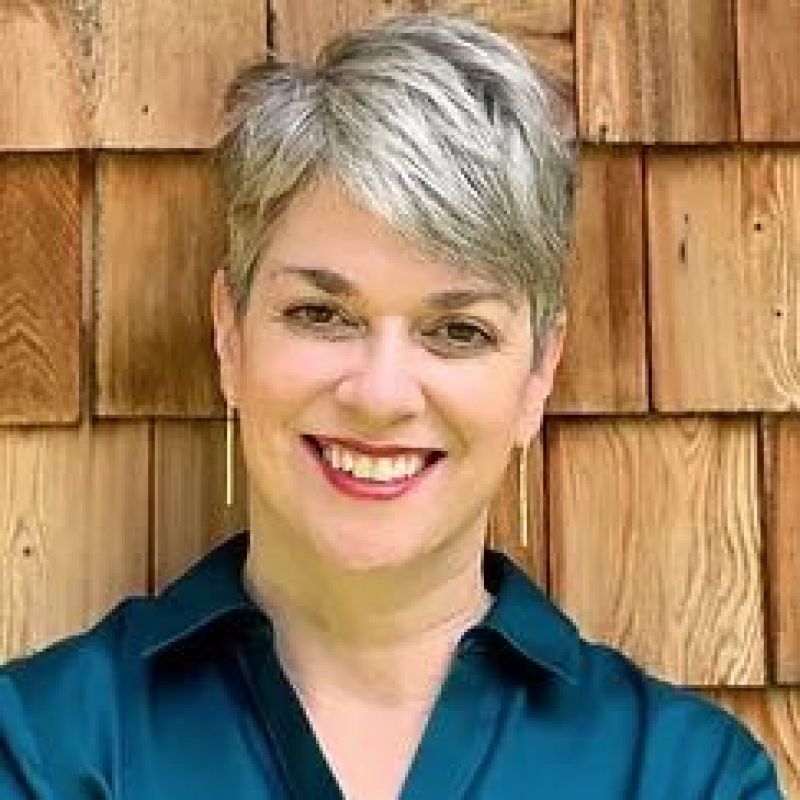From Our Blog

Authors are always on the lookout for ways to garner more publicity for their books. One way that’s been around for quite a while is to enter a contest. But there are many contests out there, and some of them charge high fees to enter, or require that you mail printed books to judges at your cost.
The first thing to consider is what you want from the contest or award. Is there a cash prize, whi…

It’s been a little less than a month since the NINC conference kicked off, and I have to admit that I’m still processing everything I learned.
While I was not able to be at every workshop, I attended quite a few—and more than that, I talked to many people, and I listened to so many smart folks at both the UnCon and the PostCon. Not surprising to me—or to anyone, probably—the two buzzword phrase…

We made it through 2022! A round of applause and therapeutic chocolate for everyone. Now it’s time to look forward to 2023, and I’ve put together a list of resolutions based on trends I suspect will drive book marketing throughout the new year. Where does this list come from? My own extensive research and experience running a small marketing think tank. I’ve been tracking data and trialing diff…

Welcome to the month of December, the time of year when many authors are both looking back at what worked and what didn’t go so well over the past twelve months … while at the same time, we begin to plan in earnest for the next year of writing, releasing, and marketing.
For those of us who attended the NINC conference, as well as perhaps a few other author education events that take place in th…

When I was a brand-new, green author who knew next to nothing and had no clue about how to promote my just-published first book, a wise friend told me that I needed a website. She sent me to Godaddy.com to buy my domain name and then constructed the basics of a very rudimentary website for my author business and books.
To me, it felt like magic.
Nowadays, thanks to some generous author assistan…

Marketing via social media can be an author’s full-time, unpaid job. Our publishers expect that we’ll do it well, consistently, in our author voice, making readers feel such a bond with us that of course they’ll buy our books, preferably by preorder or within the first week it’s out. A good portion of any marketing plan is based on the author doing more and more, and it can be exhausting.
To ha…
